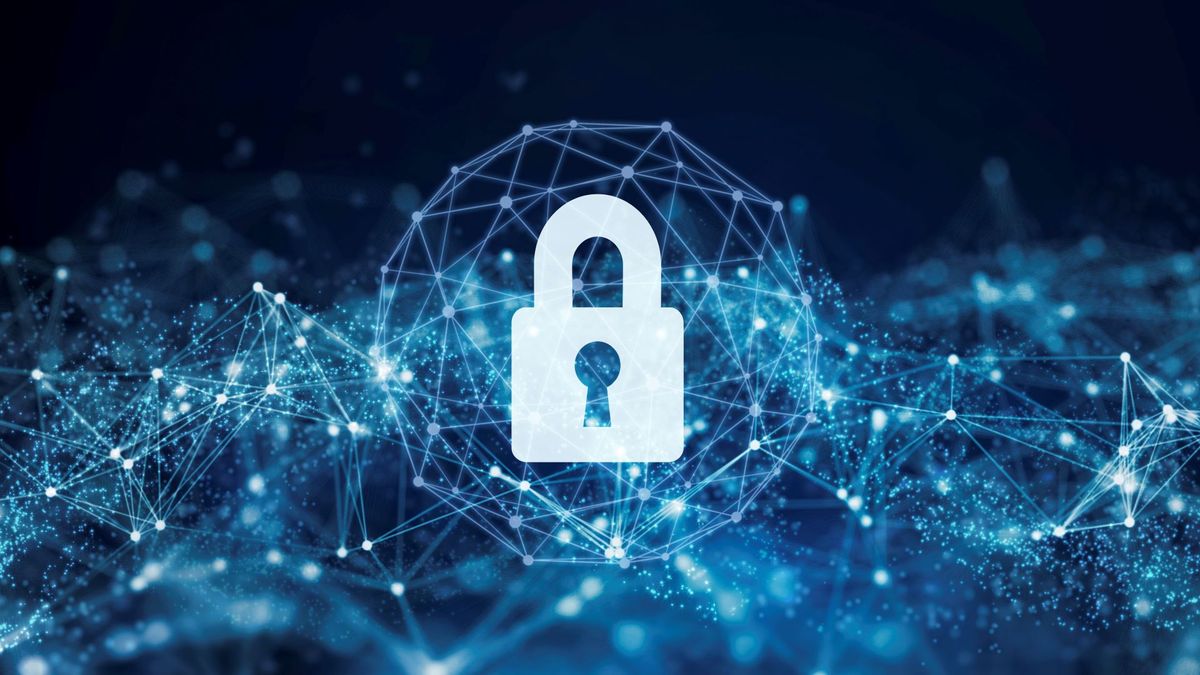Future-Proof Your Business: Trick Cybersecurity Forecasts You Required to Know
As services face the accelerating rate of electronic improvement, recognizing the evolving landscape of cybersecurity is critical for lasting strength. Forecasts recommend a substantial uptick in AI-driven cyber hazards, together with increased regulatory analysis and the essential shift towards Zero Count on Design.
Rise of AI-Driven Cyber Dangers

One of one of the most worrying developments is using AI in developing deepfakes and phishing systems that are extremely persuading. Cybercriminals can fabricate audio and video material, impersonating execs or relied on people, to control targets into disclosing delicate info or licensing illegal deals. In addition, AI-driven malware can adapt in real-time to evade detection by standard security actions.
Organizations should identify the urgent demand to reinforce their cybersecurity structures to battle these progressing risks. This includes investing in innovative hazard detection systems, cultivating a society of cybersecurity awareness, and implementing durable case feedback plans. As the landscape of cyber hazards changes, proactive steps become crucial for securing delicate data and maintaining service integrity in a significantly digital world.
Increased Concentrate On Data Personal Privacy
Just how can companies properly browse the expanding emphasis on data privacy in today's digital landscape? As regulative structures evolve and consumer expectations climb, services should prioritize durable data privacy approaches. This entails taking on comprehensive data administration plans that guarantee the honest handling of personal information. Organizations needs to conduct routine audits to evaluate compliance with laws such as GDPR and CCPA, identifying prospective susceptabilities that might bring about information violations.
Purchasing employee training is important, as team understanding straight impacts data security. Organizations needs to promote a society of privacy, encouraging employees to comprehend the value of securing sensitive details. Furthermore, leveraging modern technology to improve information security is essential. Executing advanced encryption methods and secure data storage services can significantly minimize dangers related to unapproved gain access to.
Partnership with lawful and IT groups is essential to line up data personal privacy efforts with organization objectives. Organizations needs to also involve with stakeholders, including clients, to communicate their dedication to data personal privacy transparently. By proactively attending to data personal privacy concerns, organizations can build trust and improve their credibility, eventually adding to lasting success in a significantly inspected digital setting.
The Change to No Trust Architecture
In reaction to the developing hazard landscape, organizations are significantly embracing Absolutely no Trust fund Style (ZTA) as a basic cybersecurity technique. This technique is predicated on the concept of "never ever trust fund, always confirm," which mandates continual verification of individual identities, gadgets, and information, regardless of their place within or outside the network border.
Transitioning to ZTA involves applying identity and access administration (IAM) solutions, micro-segmentation, and least-privilege gain access to controls. By granularly regulating access to sources, organizations can minimize the risk of expert hazards and decrease the effect of external violations. ZTA includes durable monitoring and analytics capabilities, permitting organizations to discover and react to anomalies in real-time.

The shift to ZTA is likewise fueled by the enhancing adoption of cloud solutions and remote work, which have actually expanded the assault surface (cybersecurity and privacy advisory). Typical web perimeter-based security designs want in this brand-new landscape, making ZTA an extra resistant and adaptive structure
As cyber dangers continue to expand in elegance, the adoption of Zero Count on principles will certainly be essential for organizations seeking to protect their properties and maintain governing compliance while making certain organization connection in an unpredictable setting.
Regulative Adjustments on the Perspective

Approaching policies are anticipated to resolve an array of problems, including information privacy, breach notification, and occurrence response protocols. The General Data Protection Policy (GDPR) in Europe has actually established a precedent, and comparable structures are emerging in other areas, such as the United States with the suggested federal privacy regulations. These guidelines frequently impose strict penalties for non-compliance, stressing the demand for companies to prioritize their cybersecurity procedures.
Additionally, markets such as money, healthcare, and essential infrastructure are likely to deal with much more rigid requirements, mirroring the delicate nature of the data they handle. Compliance will certainly not merely be a legal responsibility yet a crucial component of building trust with customers and stakeholders. Organizations must stay in advance of these changes, incorporating regulatory requirements into their cybersecurity approaches to ensure resilience and protect their assets successfully.
Relevance of Cybersecurity Training
Why is cybersecurity training a vital part of an Click This Link organization's defense strategy? In a period where cyber dangers are progressively innovative, organizations must identify that their staff members are often the initial line of protection. Reliable cybersecurity training gears up team with the expertise to identify prospective hazards, such as phishing strikes, malware, and social design tactics.
By cultivating a culture of security awareness, organizations can substantially reduce the threat of human mistake, which is a leading reason for data violations. Routine training sessions make certain that staff members stay notified about the most current hazards and finest techniques, thereby boosting their capacity to react suitably to occurrences.
Furthermore, cybersecurity training advertises conformity with governing demands, lowering the danger of legal repercussions and punitive damages. It you can look here additionally equips employees to take ownership of their function in the organization's safety framework, causing an aggressive rather than responsive approach to cybersecurity.
Conclusion
In conclusion, the advancing landscape of cybersecurity needs proactive procedures to address emerging risks. The surge of AI-driven strikes, paired with heightened information personal privacy issues and the shift to Absolutely no Trust Design, demands a comprehensive approach to protection.